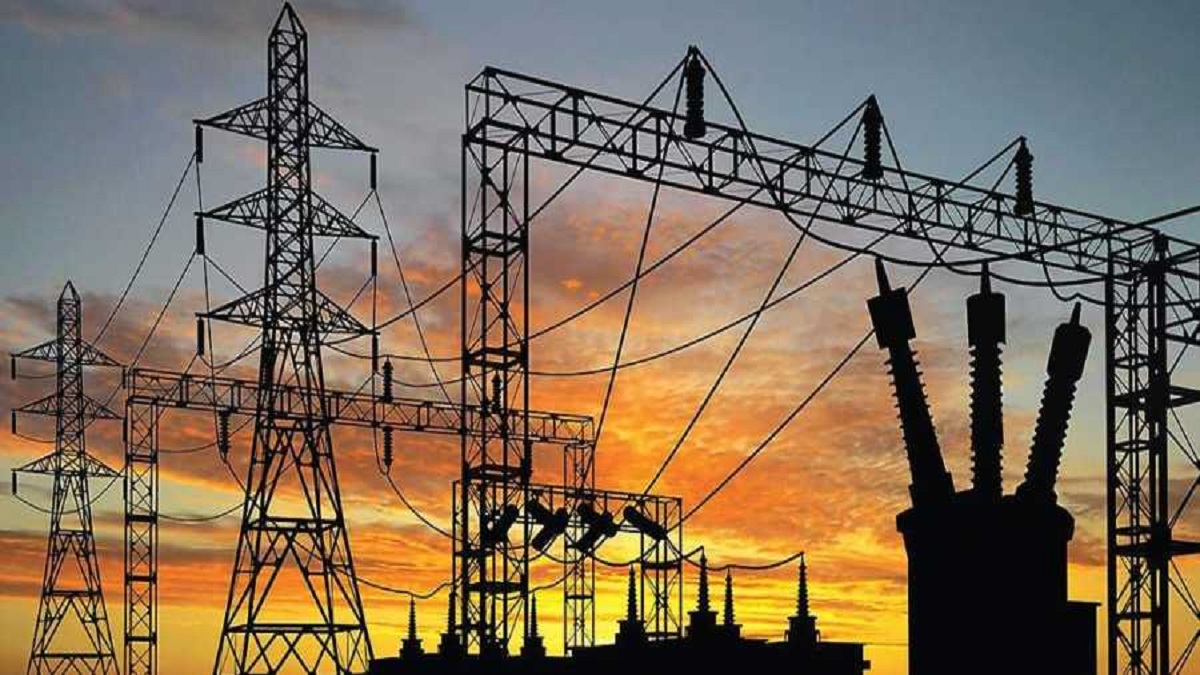The sustained efforts of the Modi Government during the pandemic including ‘pump priming’ with a multiplier effect on private sector investments and demand as well, has poised the Indian economy to resurge into one of highest growth rates. Resultantly, the power sector, with a strong co-relation co-efficient with the overall economy, also witnessed buoyant demand for power with spin off revival of the generation and transmission sector. The unprecedented and erratic rainfall during the extended monsoon season led to coal supply bottlenecks in the coal fired thermal power plants in the country. However, with timely intervention of the government, disruption in power supply was averted.
In the backdrop of the need to ensure power availability at a reasonable cost across the country including states located far away from the coal pit head, PM Modi’s call for “Atma-Nirbhar Bharat” under the “One Nation, One Grid, proved successful as it was ensured that power was available in the grid from plants which were having sufficient coal stock. It is to the great credit of the Modi government that due to the flexibility introduced in the coal distribution policy, the country did not face any blackout as any shortage at the individual thermal power plants was substituted with coal stock available at other plants. In another visionary measure, coal import up to 10% had also been allowed to augment domestic coal supply to ensure that there was no loss of productivity infringing upon national income due to outages of coal fired power plants.
The coal-based power generation in the country grew by about 14% in this year (April to November 2021). Even though the international coal prices saw an increasing trend, to ensure the welfare of the consumer, the Government did not increase the price of domestic coal, since January 2018.
The domestic coal-based power plants have generated 20% more power in this period as compared to last year and ensured that there is no shortage of power in the country despite steep decline in power generation by the imported coal-based power plants due to high prices of imported coal.
A sudden increase in power demand and high rainfall in catchment area of some coal mines depleted the coal stock at the power plants i.e. as against standard 30 days of coal stock requirement, a few power plants had near zero coal stock. However, before problem could transform into widespread crisis leading to blackouts and prolonged supply outages, the Government ensured, with effective intervention, that coal supplies to power plants were restored to meet the daily generation requirement.
The overall railway rakes loaded (till 28.12.2021) from Coal India Limited (CIL) sidings and washery sidings near CIL was 296.1 rakes per day which is an increase of 23% as compared to the previous year. Similarly, 259.5 rakes per day were loaded for power sector from these sidings, which is an increase of 29% as compared to same period of last year. CIL’s production was 413.64 MT (Apr – December 2021) (5.3% growth) which is very high despite the second wave of Covid during the year. The CIL coal despatch was 481.83 MT during the same period i.e. a growth of 17.64%, which is the highest ever despatch by CIL during this period. Also, the CIL despatch to power sector was 386.5 MT which is also the highest ever coal despatch to power sector. CIL is poised to produce 650 MT coal in this year and despatch 682 MT in this year.
The coal stock at thermal power plants of the country, which are linked with the coal companies, is more than 23.2 MT (sufficient for more than 12 days coal consumption). The coal demand from power plants for the last 4 months of this year is about 243 MT (from all sources) and coal stock required is for about 47 MT. The coal demand is going to increase in the medium term (up to 2030 or so) although the relative share in total power generation may reduce due to larger integration of renewable power of 500 GW and achieve 50% of electricity usage from renewable sources of energy by 2030. The coal demand from power sector is likely to hover around 900-1000 MT by 2030. Thus, in absolute terms, the requirement of coal is going to increase despite the anticipated change in the power mix basket.
The steps being taken to increase production are (i) Rolling auction for commercial mining (ii) Amendment in Mineral Concession Rules 2021 to allow 50% sale of coal after meeting with end user requirement of linked plant (iii) Mine Developer and Operators identified by CIL (iv) A target of 1 Billion Tonne coal production by CIL by 2023-24.
Hence, despite liberalising import of coal during the coal crisis period, the Government, on the whole, has achieved Atma-Nirbhar Bharat by reducing coal imports for power generation by about 50%. India is making great strides in the power sector and it will not be long when we live up to PM Modi’s commitment of 500 GW of Renewable Energy by 2030.
——-
(The author is a former Chairman, Haryana Public Service Commission, former DG ITBP and a decorated IPS officer. His views are personal.)
(The views expressed are the author's own and do not necessarily reflect the position of the organisation)

